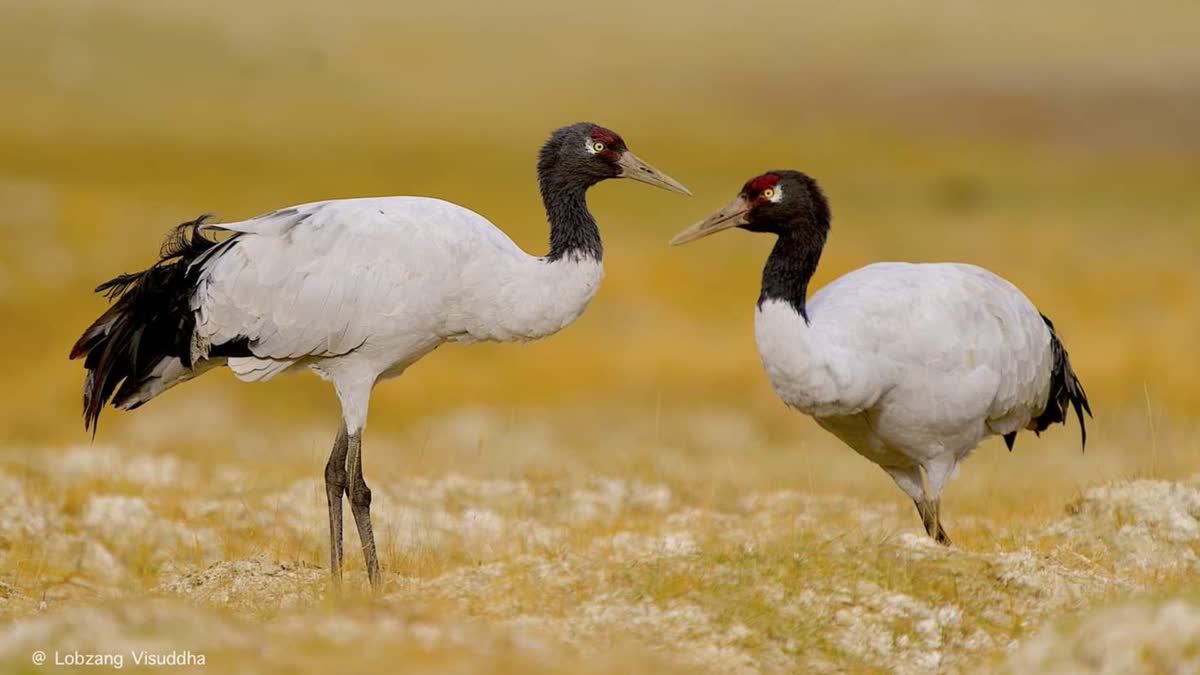Ladakh: With its beautiful landscapes and unique ecosystems, Ladakh is home to a diversity of birdlife, with over 430 species. Among these are some of the world’s most remarkable birds, such as the Bar-Headed Goose, known for its record-breaking high-altitude flights and the Peregrine Falcon, the fastest bird on the planet and the Northern Wheatear, the world’s longest migratory bird.
The region also hosts the majestic Black-Necked Crane, Ladakh’s state bird, valued for its elegance and symbolic importance.
Despite this rich avian diversity, there are growing threats to Ladakh’s bird populations, warn researchers. Traditional breeding and feeding grounds are under pressure due to unregulated tourism, urbanisation, and the increasing presence of stray dogs. Urgent corrective measures are needed to preserve the fragile avifauna of this high-altitude desert and ensure that its skies remain a haven for these extraordinary birds, say these experts.
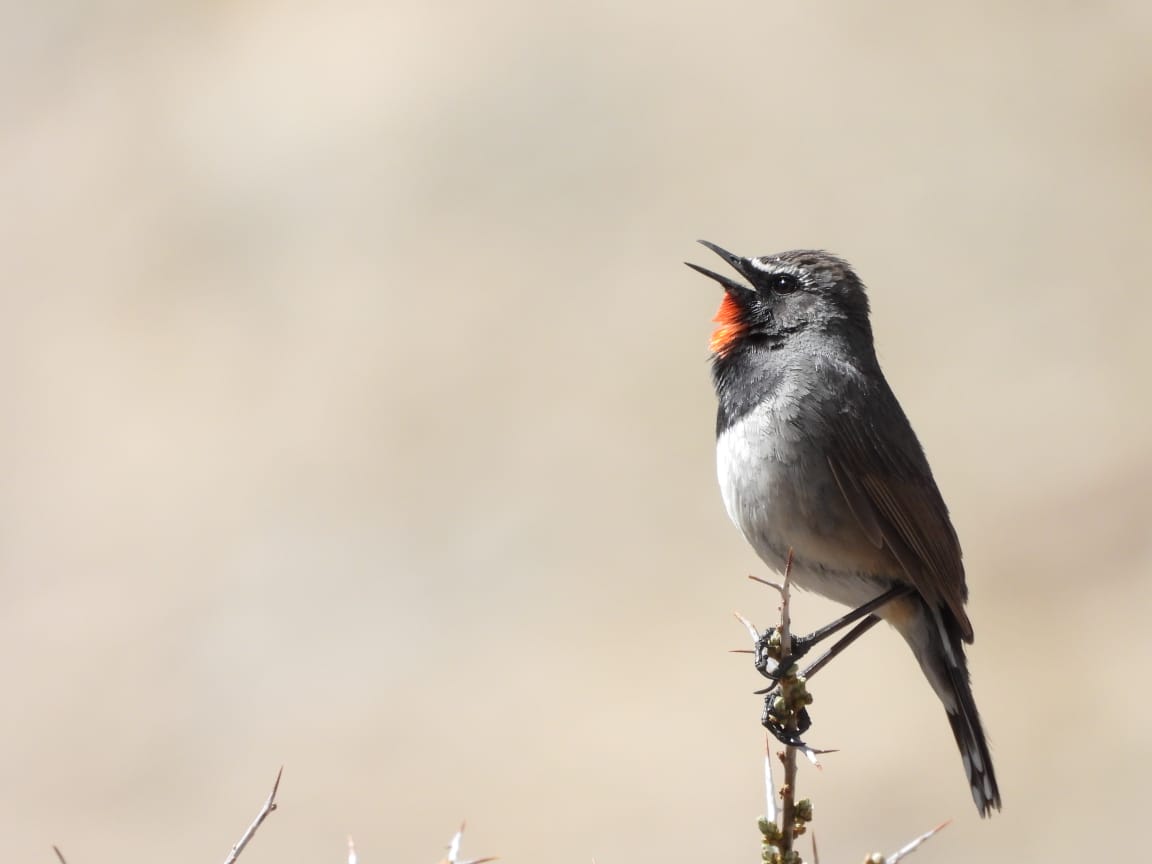
Lobzang Visuddha, Chairman and founding member of the Wildlife Conservation and Birds Club of Ladakh, shared, “We established the Wildlife Conservation and Birds Club of Ladakh as a registered trust in 2016. We aim to raise awareness and spread knowledge about wildlife and the importance of its conservation—not just among local residents but also among wildlife enthusiasts everywhere. Today, we have over 100 active members."
Visuddha further said that nature belongs to the wildlife and avifauna before us and we need to be sensitive towards them and keep on deliberating as it is also good and enlightening for us as well.
When asked about changes in bird migration patterns in Ladakh due to climate change, he explained, “From 2018 to 2024, with the efforts of our members, we have identified and added approximately 120 new bird species to Ladakh’s records—species that were previously unrecorded in the region. Earlier, the total stood at around 310 species, but now the number has risen to 430, reflecting a significant addition to Ladakh’s avian diversity."
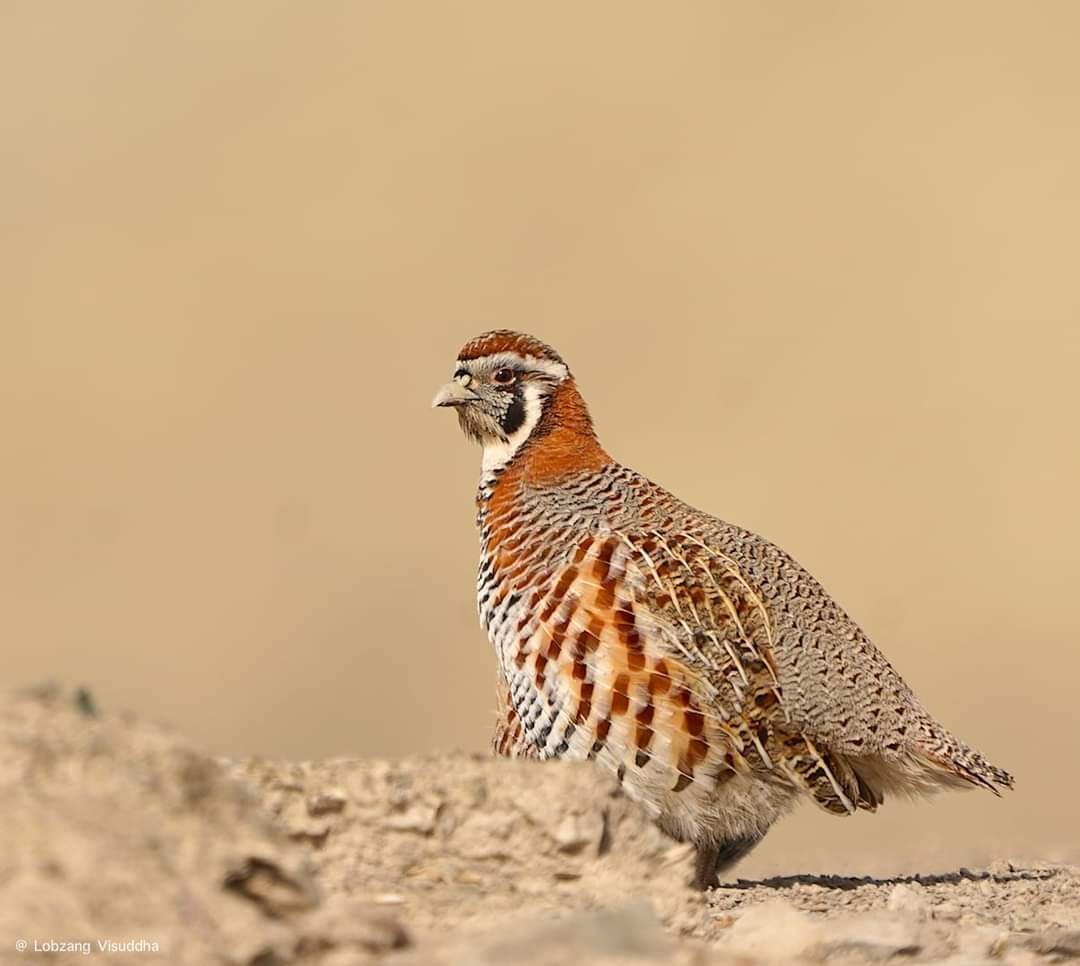
The expert went to say that the increase in recorded bird species is partly attributable to climate change. "But I also believe it’s due to the growing number of passionate local birders and advancements in birding technology, such as cameras and binoculars. In the past, there weren’t many individuals dedicated to year-round field observation. Today, some of us travel 500 to 600 km just to spot a single bird." he said.
Many experts have noted a shift in bird distribution over the years. Species that were once found in lower-altitude areas like Kargil or Sham region, 200-300 meters below Leh, are now being seen in Leh and surrounding areas, which is at 3,500 meters above sea level. Similarly, birds that were typically seen around the Indus River around Leh are now being spotted in the higher reaches of Rong in eastern Ladakh, which is another 200-300 meters higher in elevation.
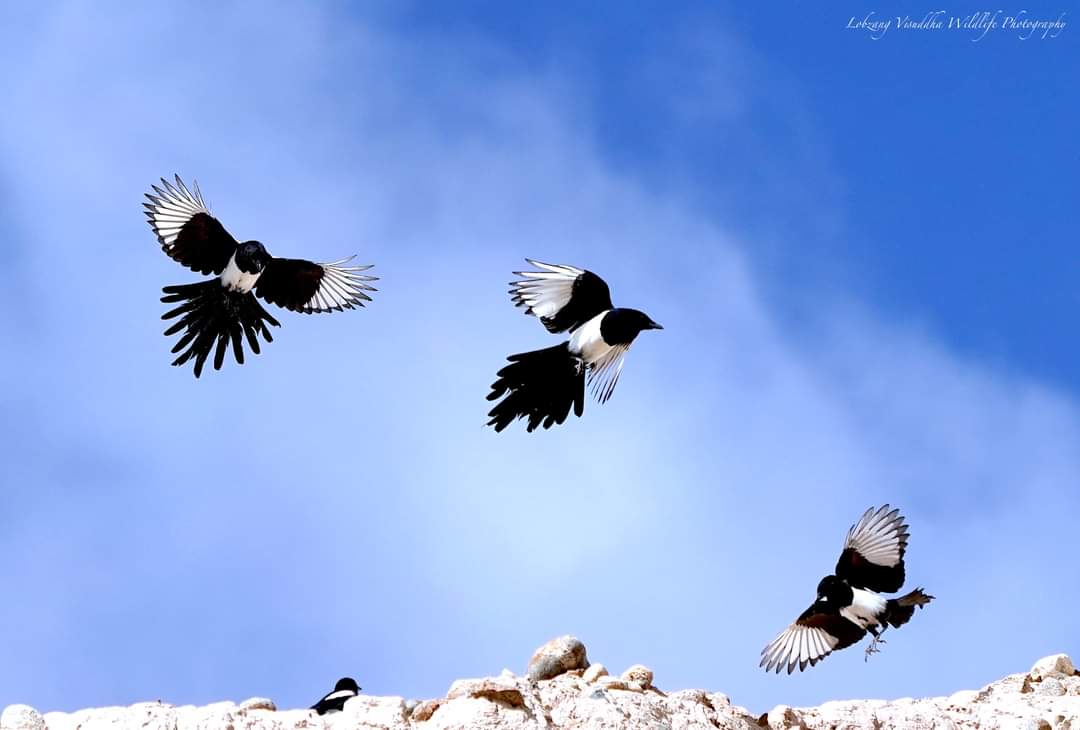
Birds are often considered indicators of changing weather patterns. Locals in Ladakh observe that certain species, like the House Sparrow (locally called Chipa Gyao) were once abundantly seen in Leh Town, but are now rarely seen. With the rise of concrete buildings, these birds have had to shift their nests, moving 200-300 meters away as they require a more natural environment to build their homes.
When asked about any shifts in migration routes and timings, Lobzang Visuddha explained, “If we look specifically at 2024, we’ve observed a delay in the migration of birds that typically follow reverse migration patterns. Winter visitor birds are reaching the Indus Valley a bit late this year. We have seen a 10-15-day delay this year due to warmer weather."
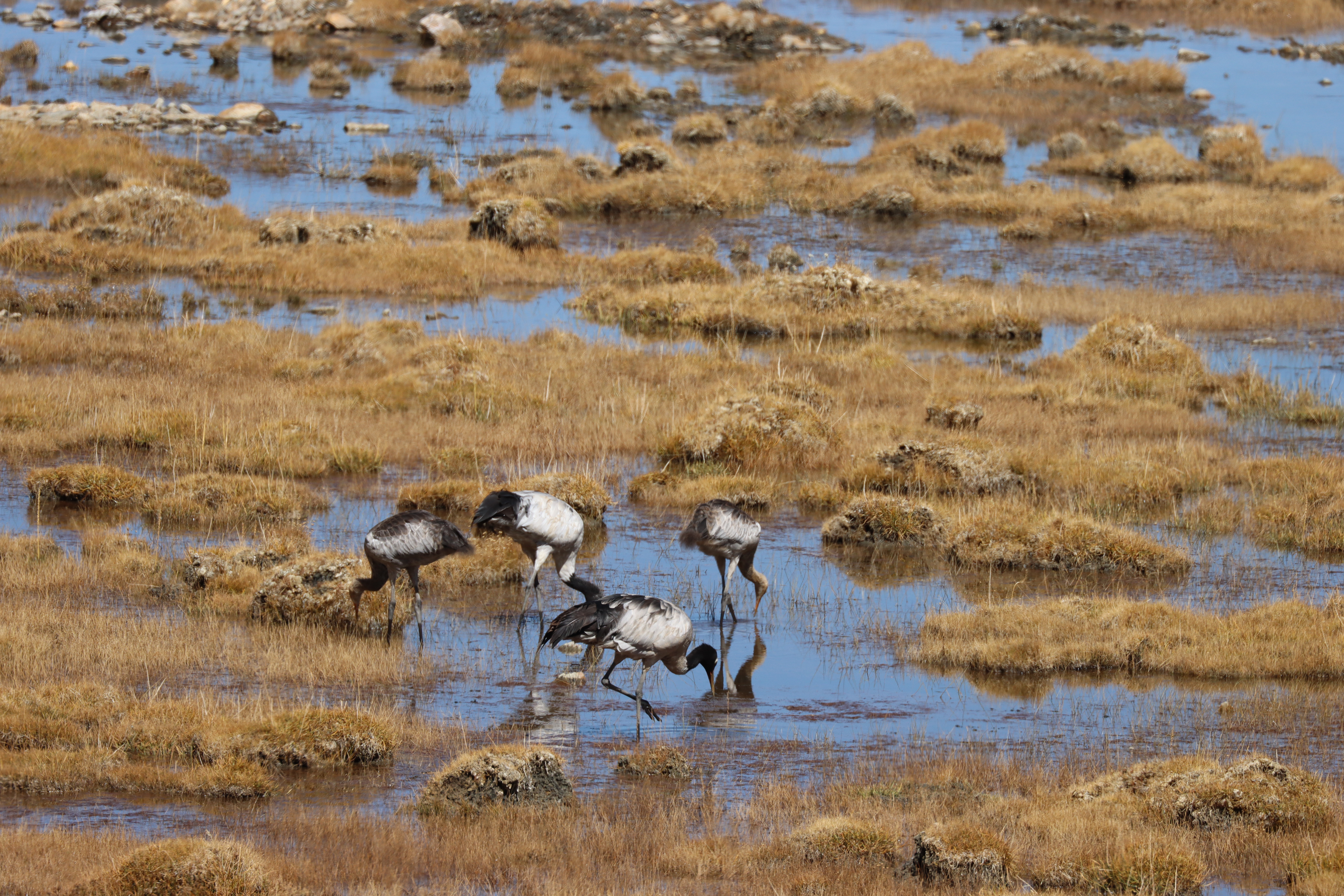
Visuddha further said that the Black-Throated Thrush, which is usually seen by October 15- 20, was spotted in the second week of November instead. 2024 has been one of the warmest years on record, with water pipes still not freezing—something that would have typically occurred by this time, he said. “The top ten birders on the eBird portal are all from Ladakh. We are around 4-5 people in Ladakh who have seen more than 300 species of birds in Ladakh itself,” he said.
Dr. Pankaj Chandan, Senior Nature Conservation Scientist, Himalayan Foundation for Conservation Leadership, said, “Currently the unique avifauna of Ladakh is facing key threats in their traditional breeding and feeding areas like Hanle, Chushul, Tsomoriri and Tsokar. However, their stable numbers so far offer a ray of hope.”
He further said, “Ladakh is the only place in India where Black-Necked Cranes breed at high altitude wetlands within Changthang Cold Desert Wildlife Sanctuary. Currently, feral and free ranging dogs and dumps of garbage at many locations in Changthang are a key threat to the future survival of species in the region. So urgent measures need to be taken to protect these birds specifically from May to September every year.”
Dr. Pankaj Chandan, says, “Very surprisingly the breeding productivity of Black-Necked Cranes over the years has increased which is a good sign but at the same time, threats have also increased manifold. The species showed adaptability and resilience. I along with my team have completed our Crane survey in Ladakh last week only and most probably year 2024 is a very good year for Black-Necked Crane in Ladakh with the highest number of Black-Necked Crane juveniles recorded ever."
Chandran said that this is a good sign but we need to remain more vigilant and cautious as threats to these birds are also increasing. "Breeding productivity in Ladakh during 2024 is above 80%,” he added.
Sunetro Ghoshal, a wildlife researcher says, "The major challenges for avifaunal conservation include unregulated land use change, climate change impacts, feral dogs, environmental degradation, unregulated tourism and hunting. This will require evidence-based planning, implementation and monitoring for specific habitats and species as well as the whole landscape. In addition, real-time collaboration between stakeholders is crucial."
Padma Gyalpo, a member of WBCYL and a birding guide from Ladakh, shared, “In Ladakh, birding opportunities are limited during the winter as most birds migrate to warmer regions, leaving only a few species behind. However, summer brings a unique charm, as Ladakh hosts bird species that are rarely found in India and are more similar to European species. These are known as Palearctic species, adapted to cold and desert-like habitats.”
He says, “Birds can be categorized into five distinct groups based on their migratory patterns and habitats. These include Resident Birds which are adapted to high altitudes. Summer visitors arrive in large numbers from the South Asian plains and the Tibetan Plateau during the summer. Winter birds arrive in October, these birds stay in Ladakh through the winter and return to their breeding grounds in regions like Russia, Siberia, and the Arctic between April and May."
Gyalpo further says that the Passage migrants are the largest and most diverse and they are observed in Ladakh for short periods during their spring and autumn migrations between breeding and wintering grounds.
Lobzang Visuddha says, “Out of the 430 species of birds recorded as per latest updated checklist by WCBCL, around 50% are migratory birds that pass through Ladakh, stopping in different parts of Ladakh for two to three weeks before continuing on their journey. For these species, Ladakh serves as a stopover or ‘highway,’ and their presence often depends on the health of their flock."
Visuddha further says that approximately 25-30% of the birds arrive in February - March, stay through the summer to breed, and return to lower and warmer habitats by September or October when winter sets in. Examples include common sparrows and the Black-necked Crane (BNC), which breeds in Ladakh during the summer before migrating back to China, Tibet, and Bhutan.
"Around 7-8% resident birds that stay in Ladakh year-round, such as the Chukar, Tibetan Snowcock, Himalayan Snowcock, Eurasian Magpie, and various species of pigeons, including rock and hill pigeons. The remaining 6-7% are winter visitors, like the Thrushes, that come to Ladakh during the colder months. Finally, about 5% of the birds are vagrants, appearing in the region sporadically,” he adds.
Padma Gyalpo continued, “In summer, Ladakh attracts many birders, photographers, and bird counters." When asked about the origins of migratory birds seen in the region, he shared fascinating insights: "For instance, the bar-headed goose, known as the world’s highest-flying bird, is often spotted in Tsokar. One such goose, tagged by the Forest Department of Himachal Pradesh, revealed that these birds breed in the lakes of Tibet and stay near Ladakh during specific seasons."
Gyalpo went to say that another example is the Northern Wheatear, celebrated as the longest migratory bird which begins its journey in South Africa, breeds in Russia, and then migrates across India, traversing the Himalayas, Mongolia, Tibet, the Arabian Sea, and finally returning to Africa. Additionally, many birds seen in upper Ladakh migrate from regions like the Pamir mountain range, Kazakhstan, Afghanistan, Siberia, Russia, Mongolia, and even European countries like the Netherlands within the Arctic Circle, where they breed.
"Some species, however, migrate within India itself. For example, birds from the southeastern and western coasts, as well as the Western Ghats, come to Ladakh in summer for breeding before returning to their winter habitats," he said.
Discussing a recent trend among bird species, he remarked, “In recent years, we’ve observed an unusual phenomenon—bird species typically found in regions like Chandigarh and Delhi are now being spotted in Ladakh, even though they don’t usually migrate. One possible explanation is that these birds are expanding their territory. Normally, such species would not inhabit high-altitude and cold regions like Ladakh."
Lobzang Visuddha, says, “Two years ago, a bird known as the Sharp-tailed Sandpiper was spotted in Tsokar. This species is typically found along the coastal areas of Australia, so its presence in Ladakh raises the question: what is this bird doing here? Similarly, a Masked Shrike was seen in Hanley, also two years ago, marking a new record for the region and the second time it had been recorded in India."
He says that their knowledge of such occurrences is limited—perhaps only 1 or 2% of what we observe, and much of it lies beyond our usual understanding. "In 2022, a flock of cranes unexpectedly landed in Rong, eastern Ladakh, due to bad weather conditions. These cranes usually migrate from Mongolia and China to India, Rajasthan, and Ladakh. Their landing was an emergency stop caused by the bad weather, and they remained for just one or two days before continuing their migration," he says.
Padma Gyalpo emphasised, "While birding, it is crucial to adhere to the ethics and principles of responsible observation. Many people are unaware of how to observe birds with minimal disturbance and from a respectful distance. In Ladakh, with its open and barren landscapes, we can easily observe birds from afar without interfering with their natural behaviour."
Gyalpo said that some individuals play recorded bird calls through speakers to attract birds for photography. "Continuously using such methods for all bird species can significantly disrupt their natural behaviour. This is not only scientifically proven but also supported by studies conducted in European countries. We must prioritise the well-being of birds and their habitats, ensuring that our actions do not negatively impact them," he said.
Read More:
1. Ladakh's Path To Sustainability: E-Buses, E-Cars And Subsidised E-Cycles In Focus
